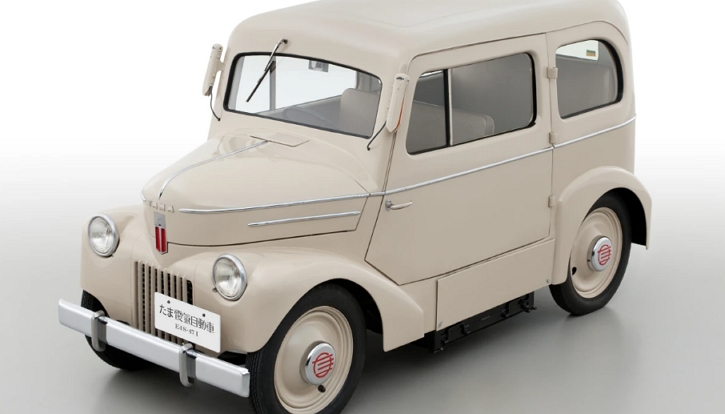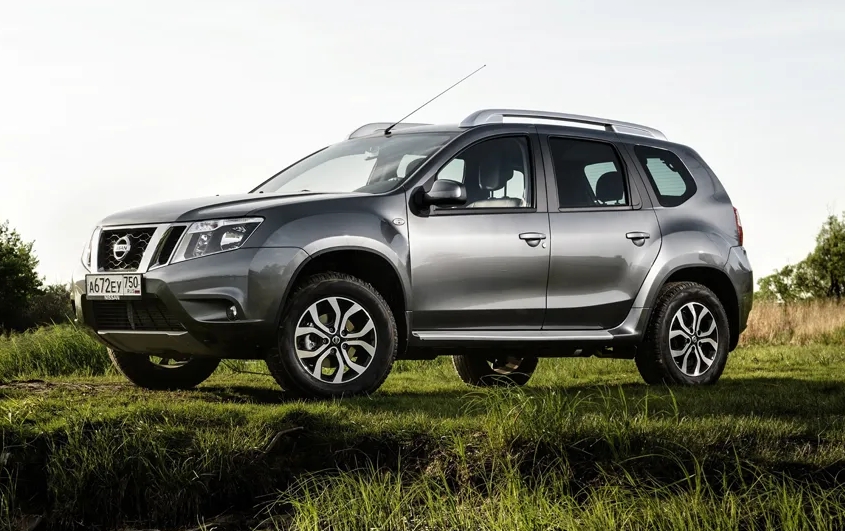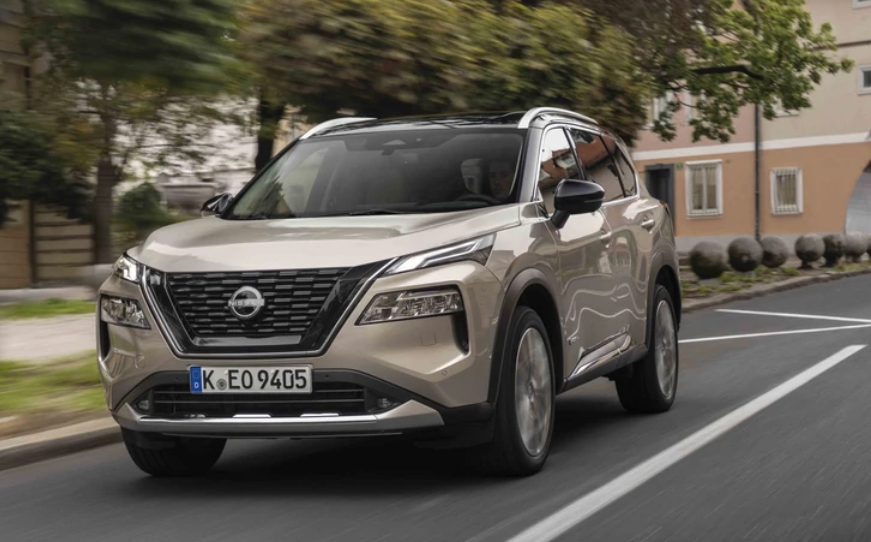Nissan’s EV Journey: Tracing Back to Its First EV in 1947 and the Evolution Since Then
Nissan’s journey towards electric vehicles began well before the first-generation Leaf. In fact, the company’s first electric vehicle dates back to 1947, a fact that may surprise many.
The Tama Electric Vehicle, which dates back to 1947, is the earliest example of an EV from Nissan. It was designed and built by the Tachikawa Aircraft Company, which later merged with Nissan in the 1960s after being known as the Prince Motor Company. The car was named after the region of Japan where it was manufactured, located near the capital city of Tokyo. Initially, it was introduced as a pick-up truck model, followed by a passenger version.
In 2010, a restored version of the Tama Electric Vehicle was showcased, coinciding with the release of the first-generation Leaf. Since then, Nissan has released a new Leaf model and introduced a new EV, the Ariya. With this in mind, how does Nissan’s latest EV compare to its oldest? Let’s take a closer look.
Battery and motor
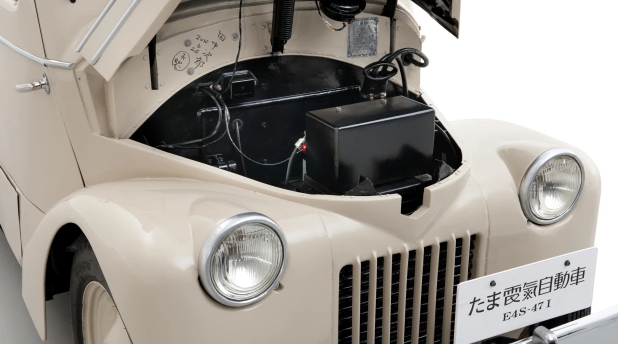
The Tama EV has two compartments under the floor, each containing a pack of lead-acid batteries. The manufacturer equipped each compartment with rollers to facilitate the replacement of depleted batteries with fully charged ones. Together, the batteries supply 40 volts/162ah of electricity, which is sufficient to power a single DC series-wound motor producing a modest 4.5bhp or 3.6kW.
In contrast to the Tama, the Ariya’s dual-motor version generates a whopping 225kW, which is around 67 times more powerful. Even the single motor version of the Ariya is much more powerful than the Tama, with an output of 160kW or 178kW, depending on the battery size. The Ariya’s motors use externally excited synchronous units, which utilize coils on the rotor instead of magnets made of rare earth materials that are used in permanently excited motors.
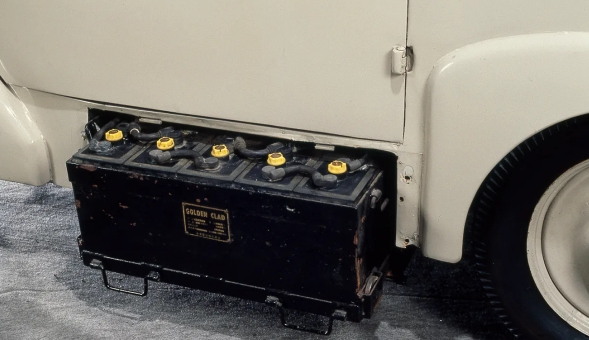
The Ariya is powered by a lithium-ion battery pack which is lighter and more efficient than the lead-acid batteries used in the Tama. Additionally, the li-ion battery chemistry can take a higher current than lead acid, allowing for faster charging times.
Dimensions
During the Tama’s time, the packaging requirements were quite different. Safety features such as airbags were not available, and there were no crumple zones. Since it could not travel very far on a single charge, it did not need to carry much luggage.
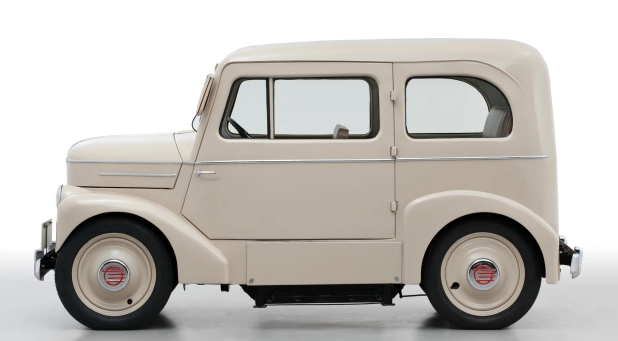
Considering this, it’s no wonder that the Tama is significantly smaller than the Ariya. The Tama EV has a length of 3200mm, a width of 1270mm, and a height of 1650mm, with a wheelbase of 2000mm. The Ariya, on the other hand, is almost one and a half meters longer, 580mm wider, and has a 775mm longer wheelbase. However, it is worth noting that the height is approximately the same for both vehicles.
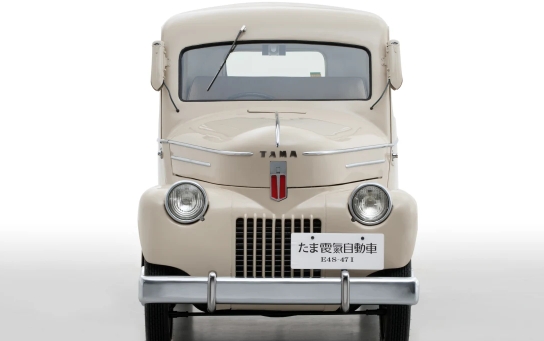
Despite its smaller size compared to modern Nissan models, the Tama EV can still accommodate four passengers. Its compact dimensions even fit well within the European range of Nissan’s smallest vehicles, and can also fit into the dimensions of a modern Kei car with plenty of room to spare.
Performance
Regardless of the battery size, the single-motor Ariya can accelerate from 0 to 100km/h in 7.6 seconds. However, with the e-4ORCE all-wheel-drive system in the dual-motor version, the car can achieve the same in just 5.7 seconds.
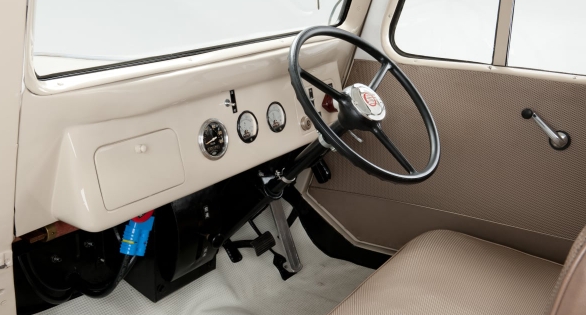
The Tama EV’s top speed is limited to just 35km/h, so it can’t reach either 50km/h or 100km/h. In contrast, the Ariya can reach up to 160km/h, even in its single-motor configuration.

